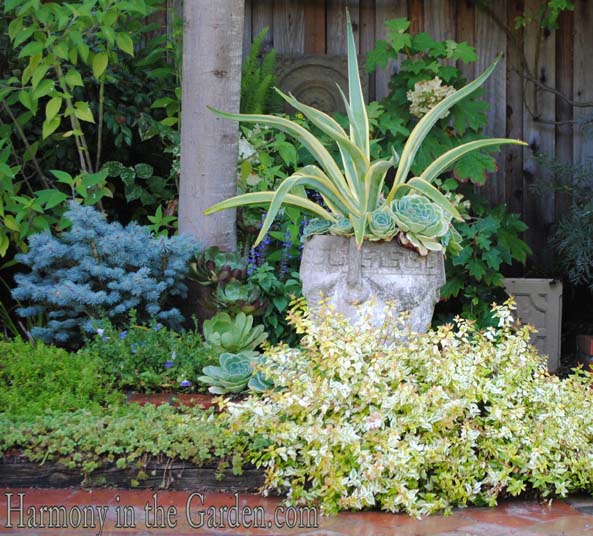 A few days ago I spoke to my friend who lives in Boston, and when I complained that my garden was taking a beating during a recent week of unrelenting 28-degree temperatures, he was shocked – in California?
A few days ago I spoke to my friend who lives in Boston, and when I complained that my garden was taking a beating during a recent week of unrelenting 28-degree temperatures, he was shocked – in California?
Yes, even in the land of sunshine it often dips below freezing on a cold winter night, surprising out of town visitors as much as it surprises our succulents, bougainvillea, and citrus.
A favorite vignette in my garden is this tough Octopus agave (Agave vilmoriniana ‘Stained Glass’), with the soft and billowy abelia ‘Kaleidescope’ nestled at its feet.
The agave is located in a central spot and is visible from several different rooms inside my home. And even though it might be bone-chilling cold outside, every time I see the soft yellow and gold colors I feel just a little bit warmer.
In my book, Refresh Your Garden Design, I explain many different illusions that can be created in the garden using color, texture, and form. For those of you who are new to ‘playing magician’ in your garden, color is probably the easiest element to work with when thinking about illusions.
For example, let’s talk about colors and their perceived temperatures – a pretty simple concept that is easily explained using the color wheel.
 For those of you who haven’t used a color wheel, it can be a gardener’s best friend, helping find solutions to many different types of everyday garden problems.
For those of you who haven’t used a color wheel, it can be a gardener’s best friend, helping find solutions to many different types of everyday garden problems.
One of the simplest concepts it helps to illustrate is a color’s perceived temperature.
When divided in half between violent/red-violet and yellow/yellow-green, the greens, blues and purples are referred to as cool colors while the yellows, oranges and reds are referred to as warm.
And depending on which color combinations you use, you can actually alter the perceived temperature in the garden.
While this trick is easy enough to do in the spring/summer/fall using different combinations of flowers and foliage, it’s a little harder to do in the dead of winter when there’s not a flower or leaf in sight. Hard, but not impossible.
Just remember to include other sources of color in your garden, such as stems, berries or bark. And don’t forget about the non-living elements in your garden, too, like artwork and hardscaping.
Here are a few examples of warming up your winter garden, using the warm colors on the wheel.
1. Colorful Stems
Once the temperatures plummet and there’s no more foliage, shades of orange, red and yellow make their grand entrance helping to create the illusion of warmth in the garden.
Many varieties of dogwood and Japanese maples offer this unexpected explosion of color in the garden, and can help raise the visual temperature by a few degrees. For more inspiration, check out all the winter color I found in Seattle’s Washington Arboretum.
2. Berries and Seed Pods
Rose hips and berries are another source of color that and introduce bursts of warmth in the winter garden. (click here for more).
3. Cold Foliage
Cold temperature related stress can also help to turn up the heat on normally green foliage, resulting in glowing hot colors to appear.
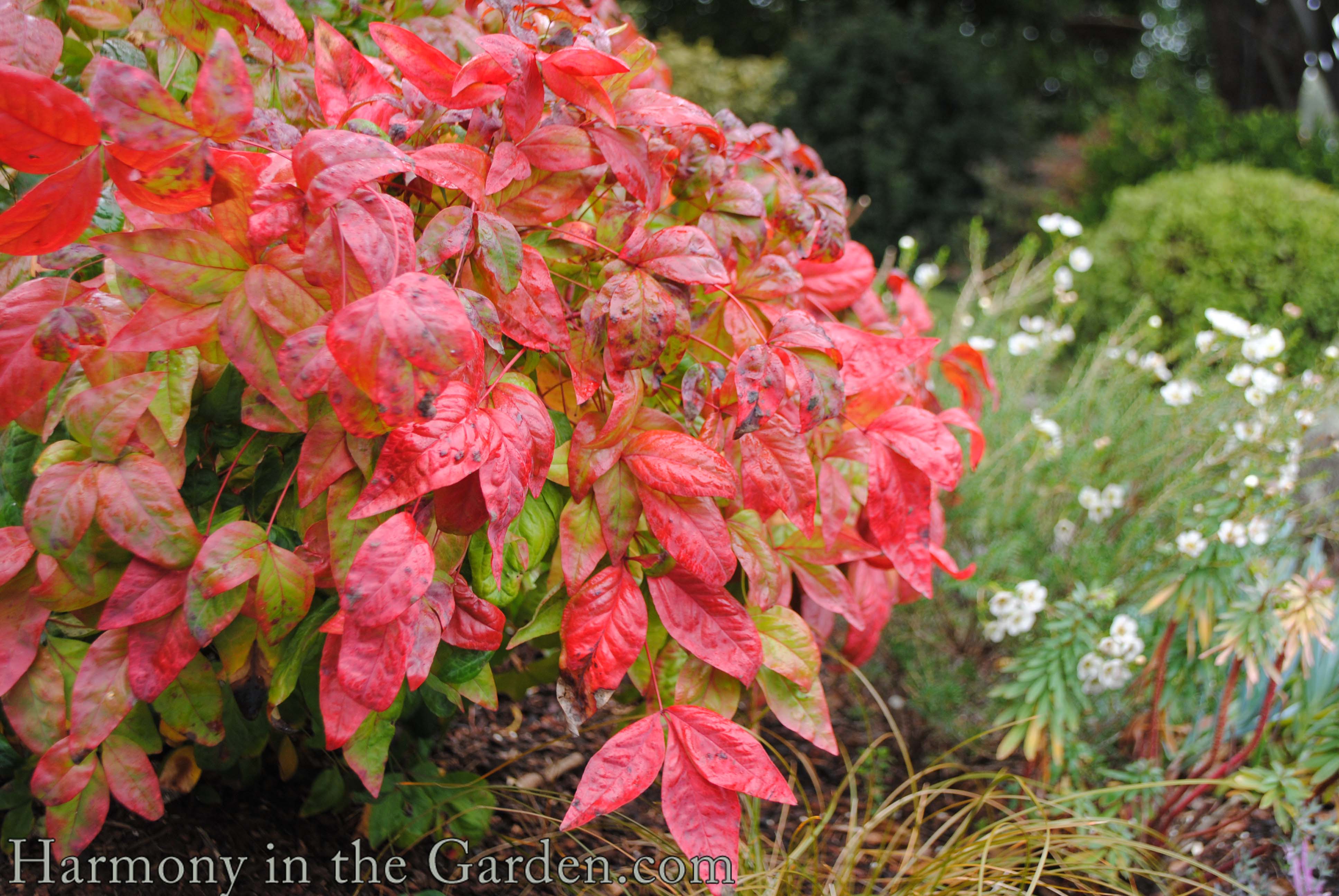

4. Gold Foliage
Don’t forget about the many cold-hardy evergreen plants with gold variegation that can add year-round sizzle to a wintery garden. Here are just a few:
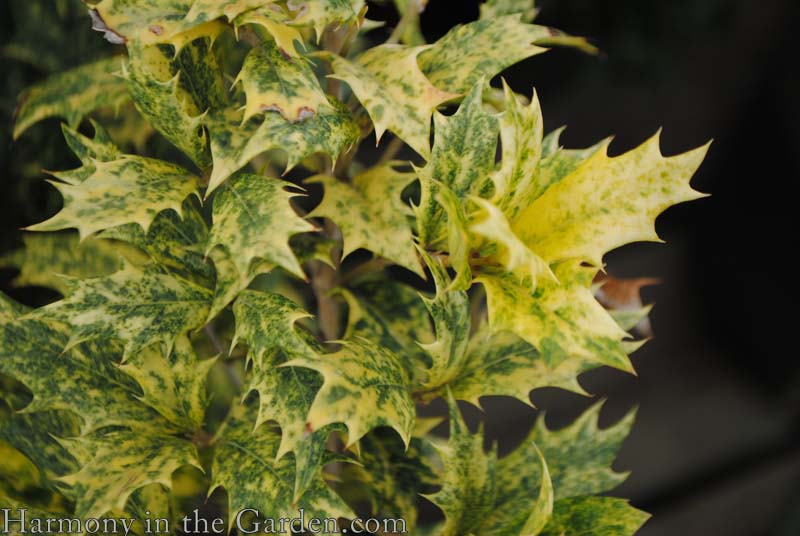
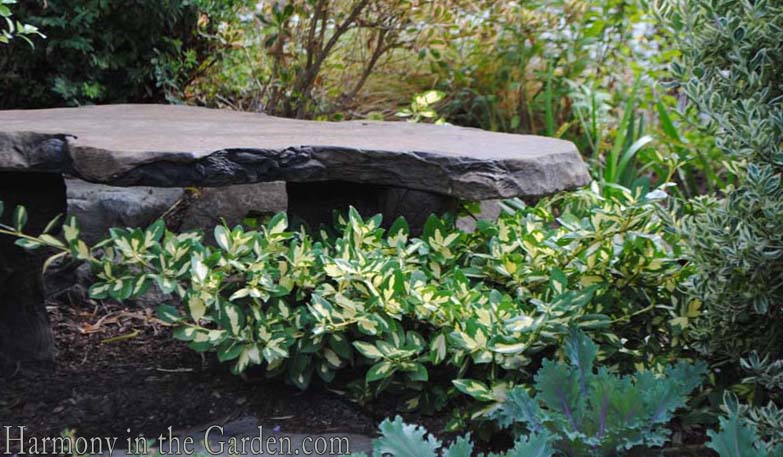
5. Non-living sources of color
Don’t forget about the non-living sources of color in your garden as a way to add some much needed warmth – colors from flagstones, outdoor furniture, containers and even artwork (like the sun and fireplace, below).
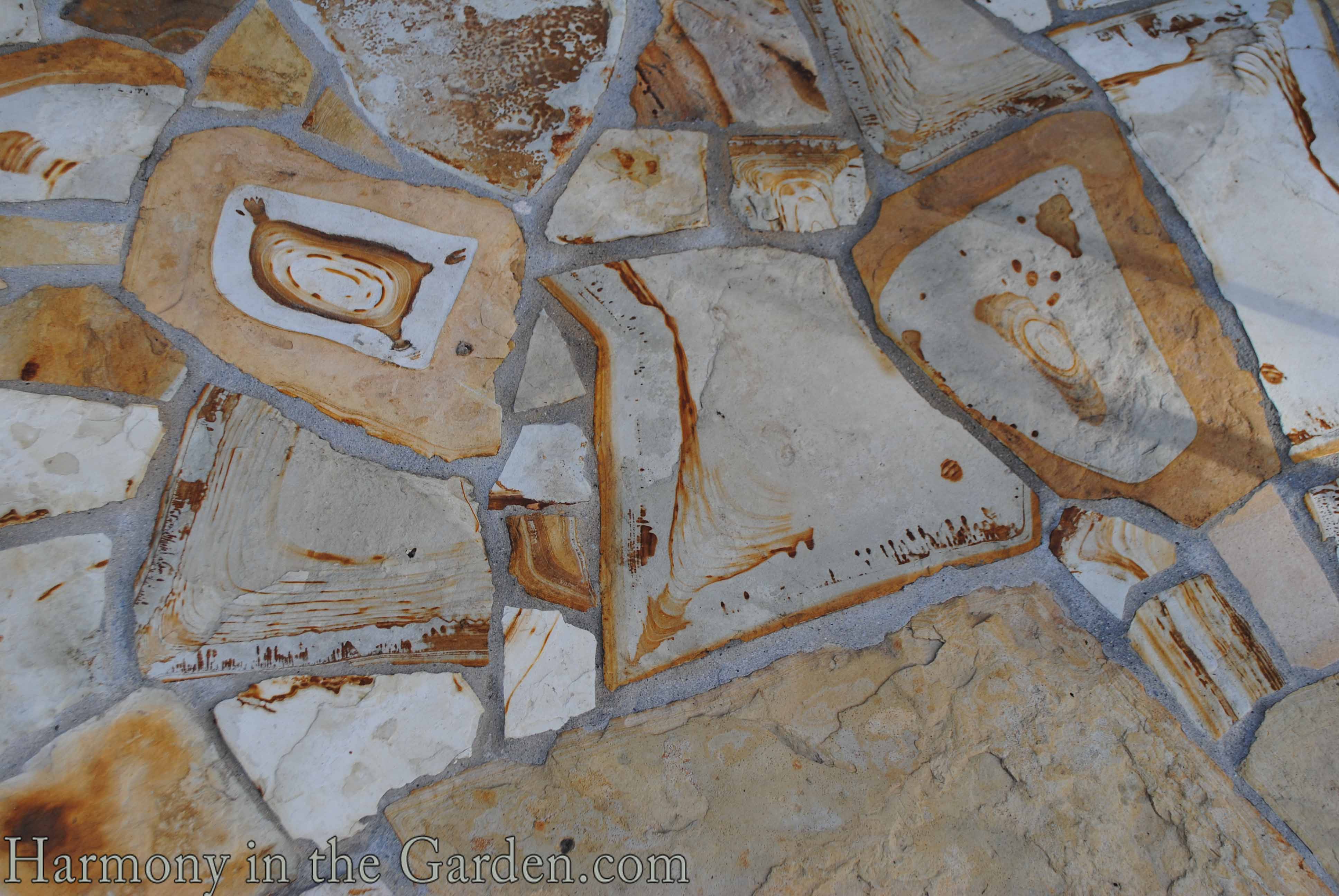
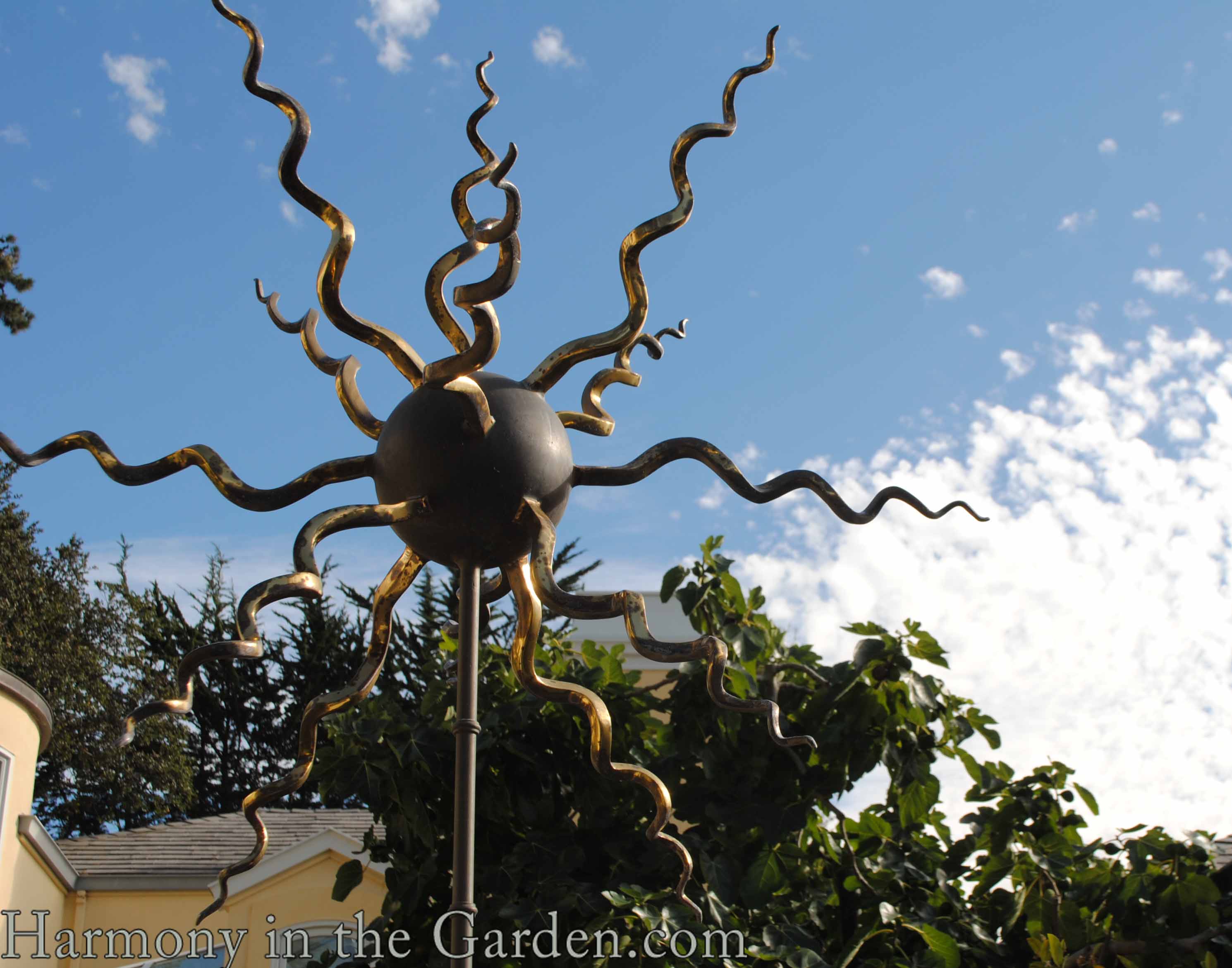
See? I bet you’re feeling warmer already! Have any tricks you use to warm up your winter garden – if so, please share!
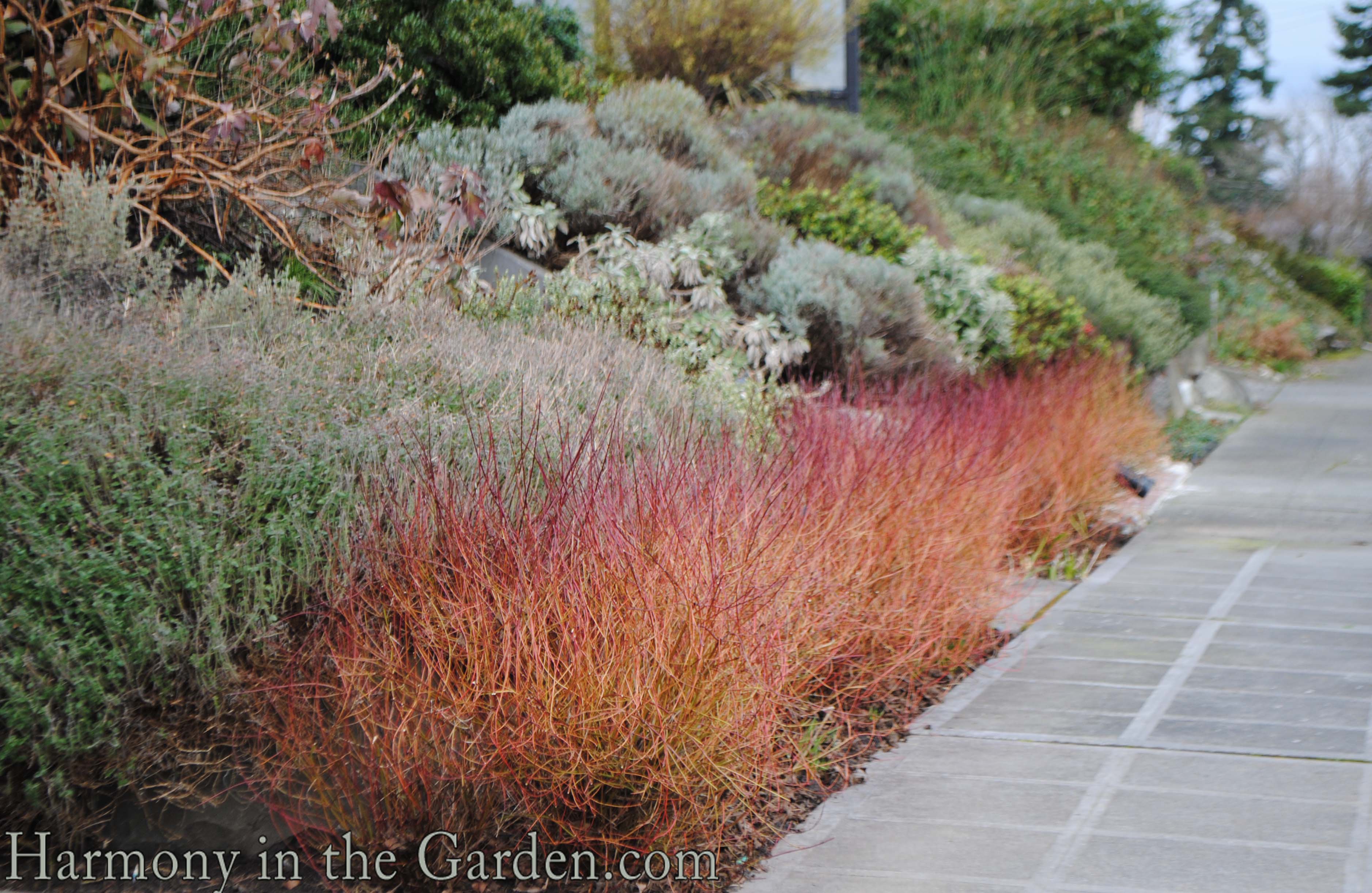
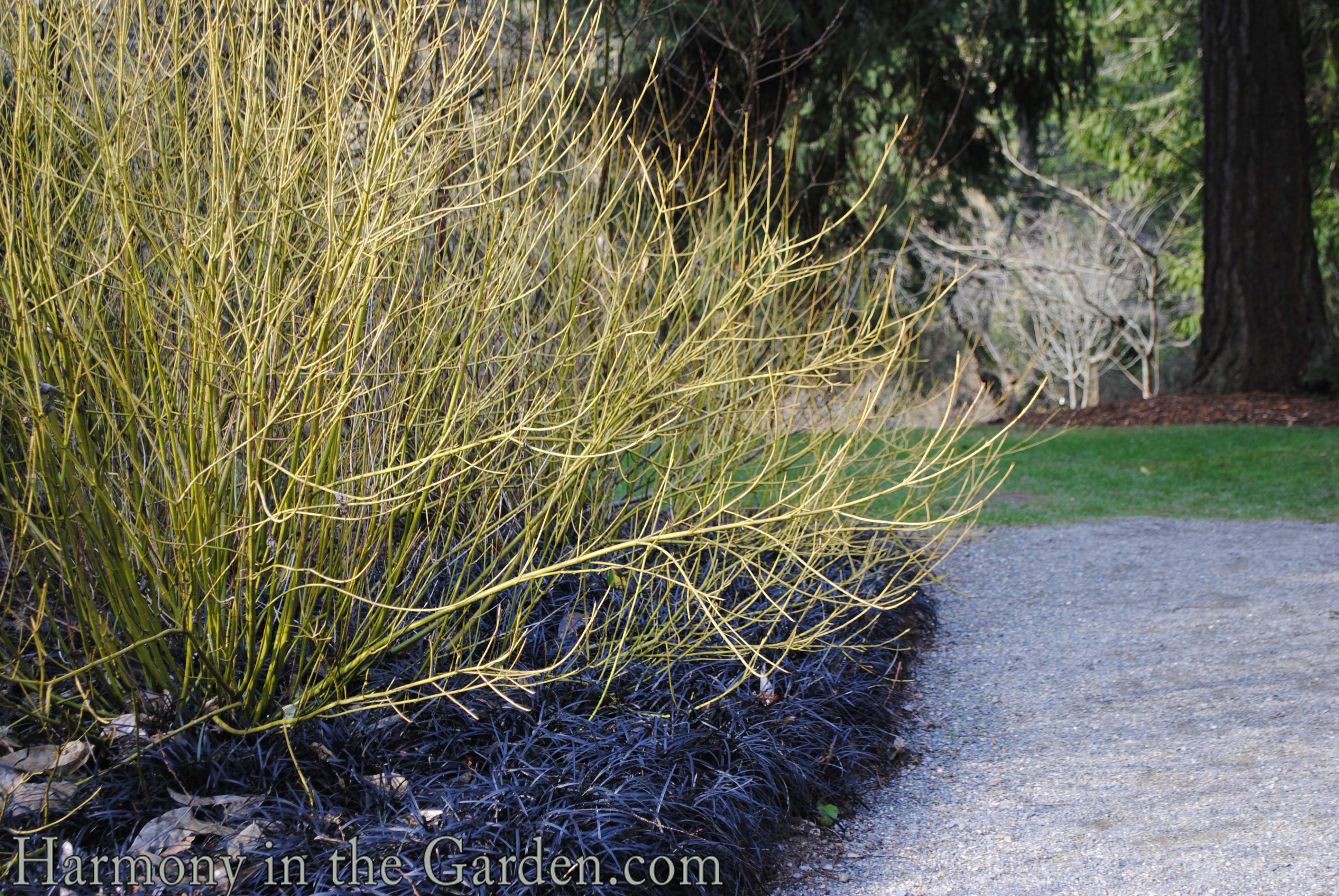
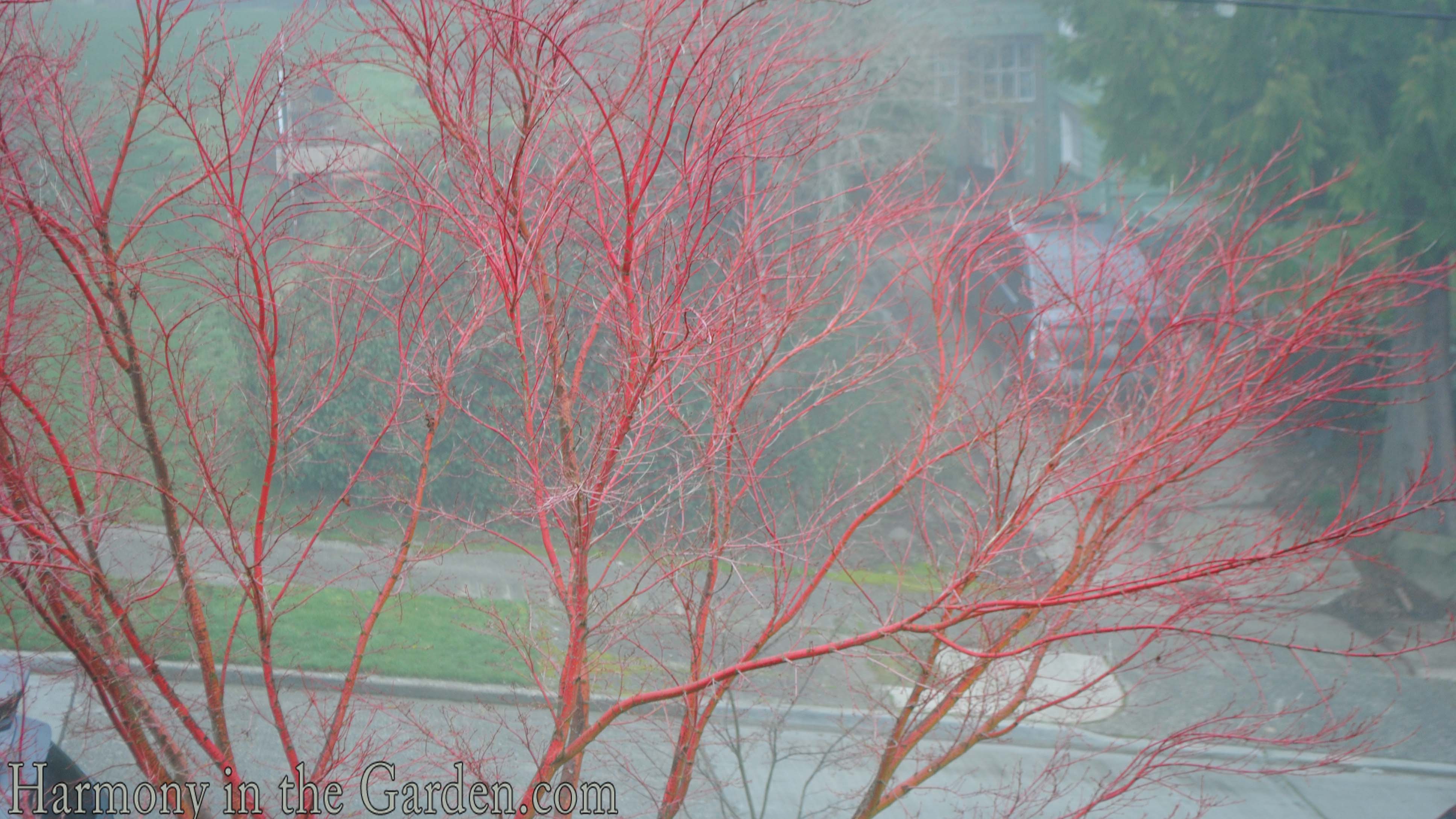
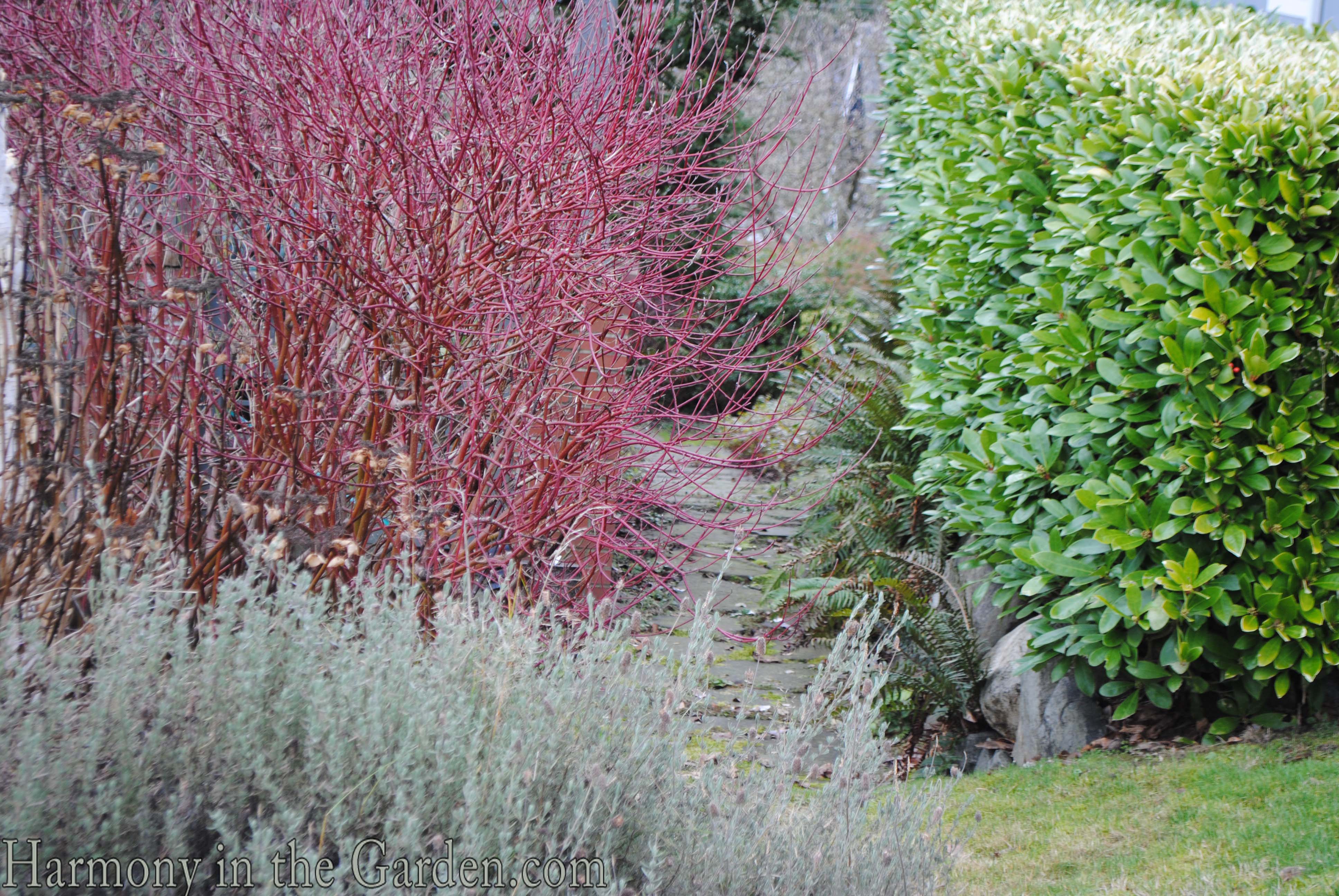

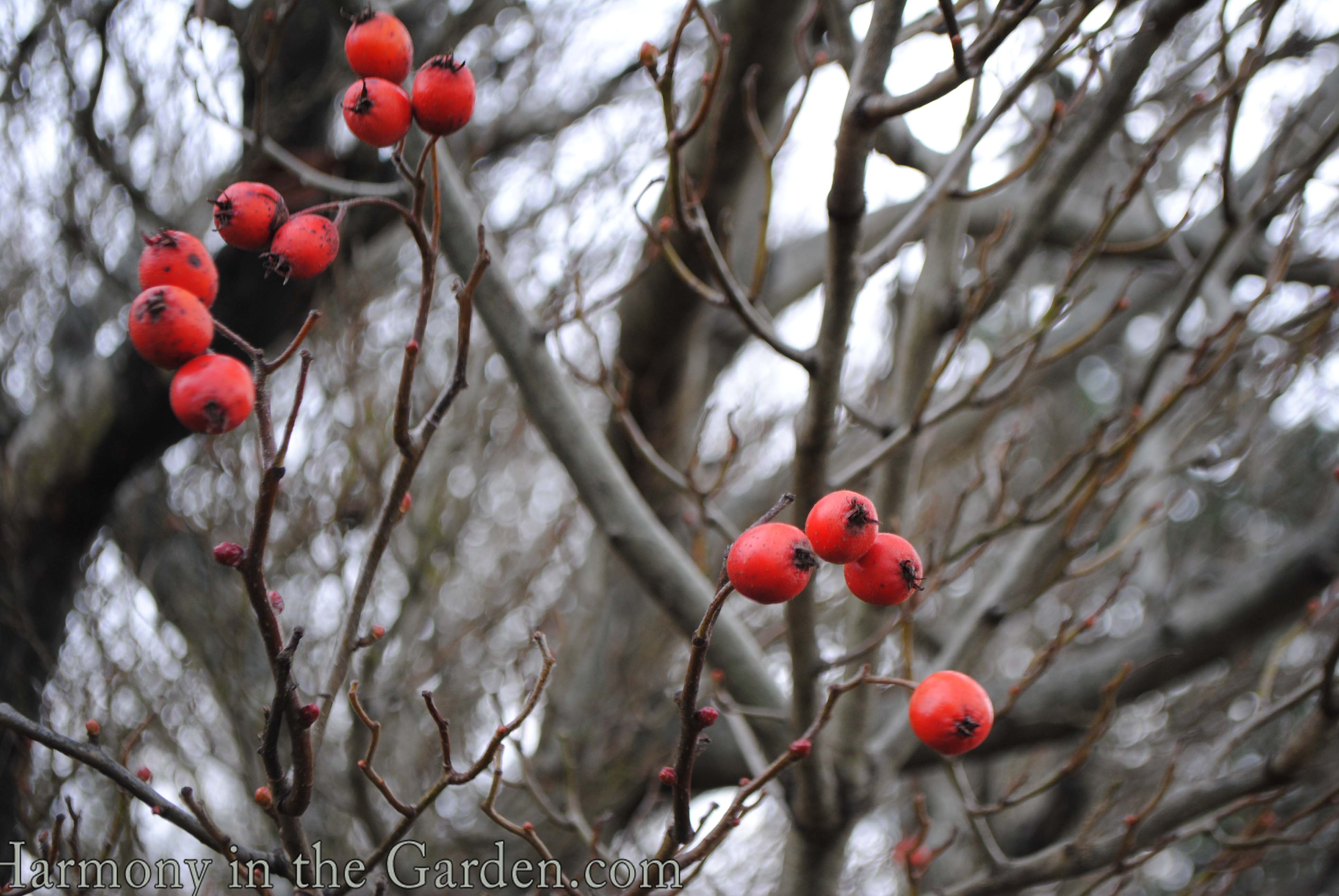

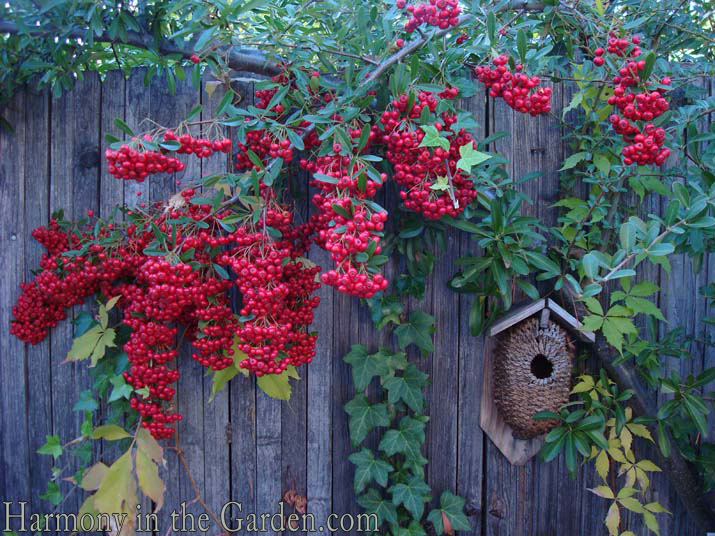
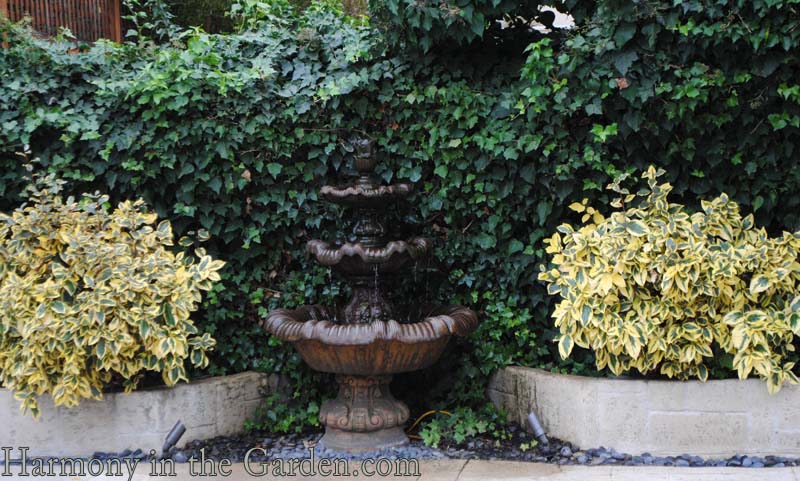

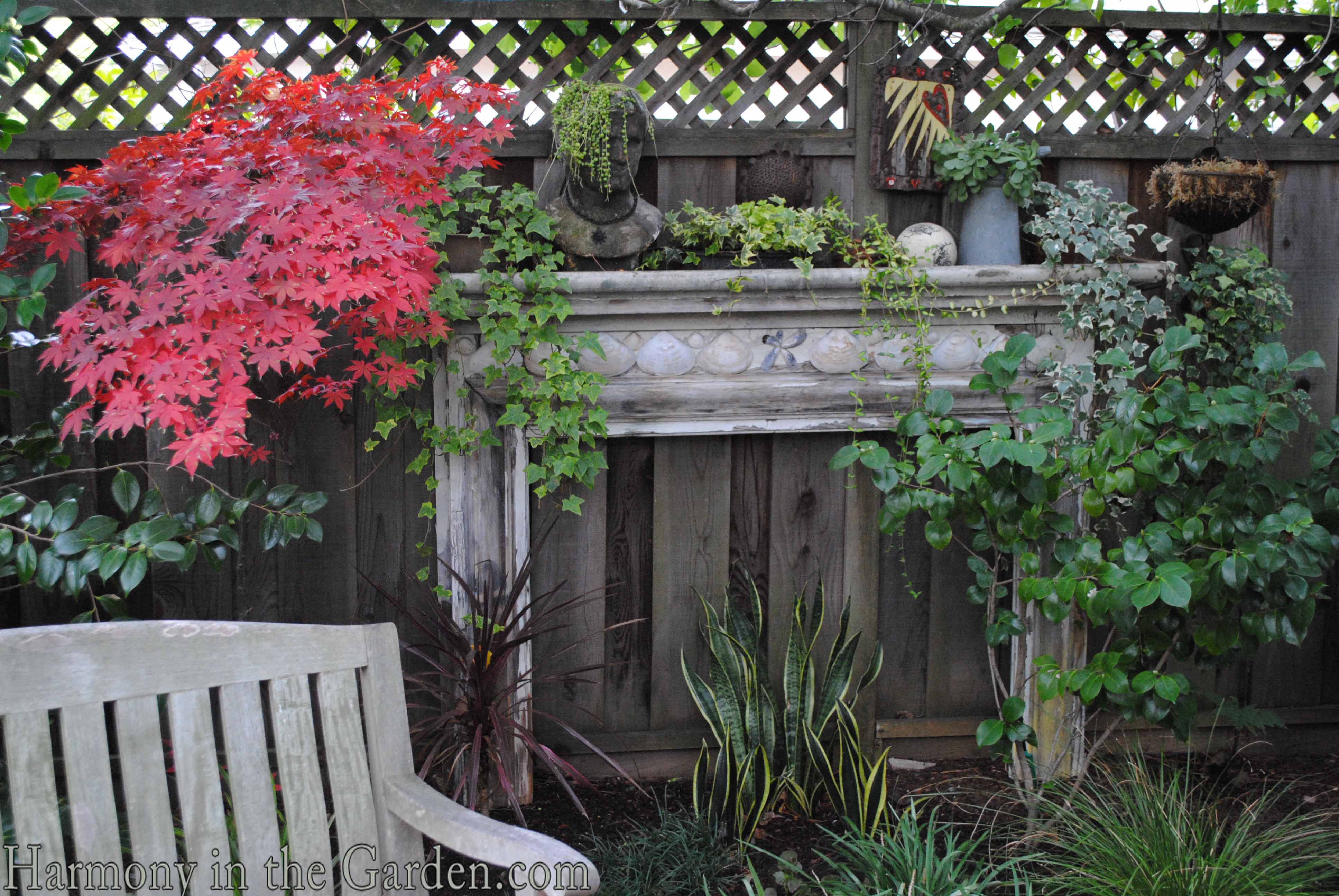
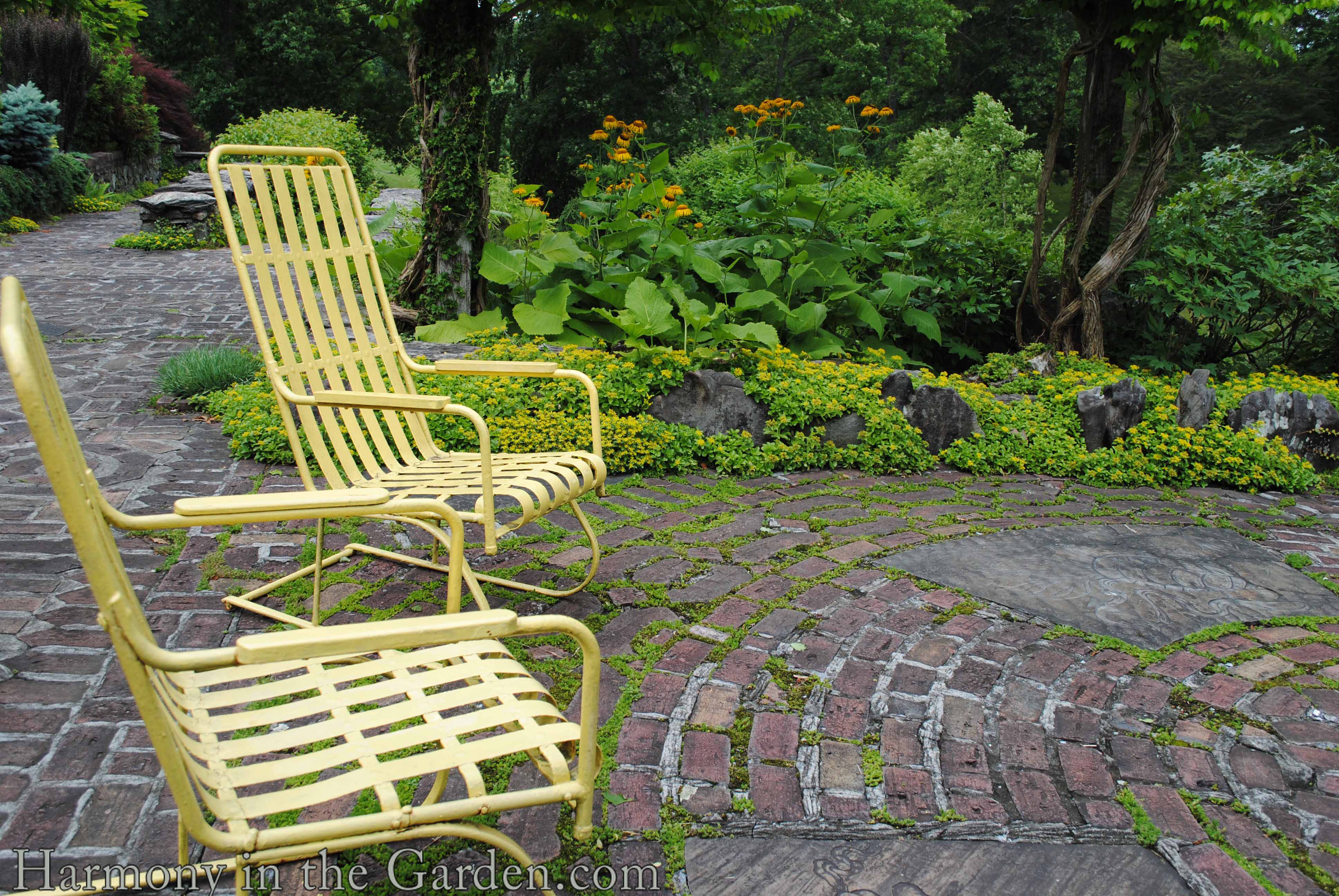

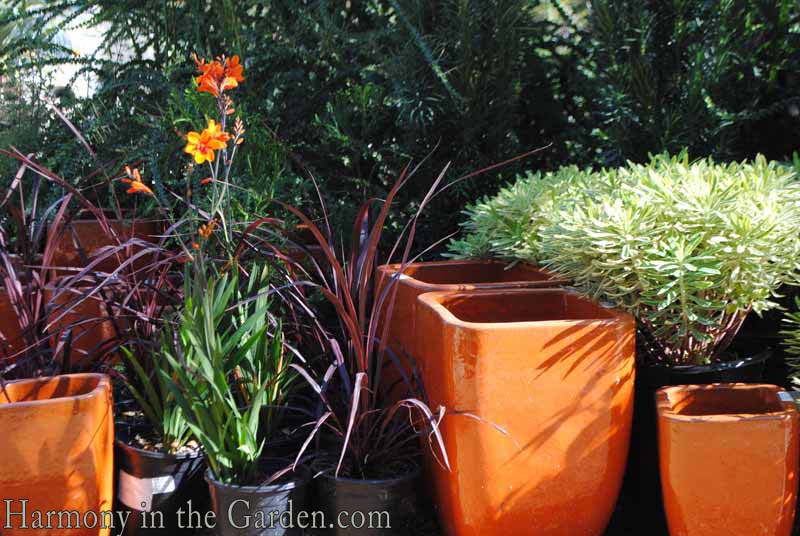
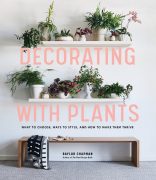




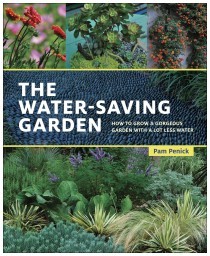
13 Comments
Hello Rebecca,
Great post as usual love the selection of plants you made, it’s wonderful for us nursery growers to see such colour options and whats important to Gardeners and garden designers through the eyes of others. Was really chuffed you like my Everillo also 🙂 thanks for kind comments!
Pat
You are so welcome, Patrick! And I meant every word. While at the SF Garden Show this past week I was telling Janet and a few other designers how much I love ‘Everillo’ (I have about 6 of them in my own garden!) and how well they performed through the winter.
Rebecca, this was so helpful. I didn’t know for example that variegated agave is commonly called octopus agave. I have one overwintering in the greenhouse right now. I like the common name. It fits. Warm pot colors and warm foliage definitely warm up the garden in winter. I use the winter color of grasses in mine and berries too. The birds are starting to strip the berries now though. Winter is nearly over. Are you coming to Seattle in February?~~Dee
Thanks, Dee – and I think both our birds are on the same schedule. The robins have moved in and are now starting their yearly feast on my pyracantha berries. I hate to see them go (the berries as well as the birds) 😉 Looking forward to seeing you in Seattle!
These are some great effective ways, cheers for warming our winter gardens! 🙂
I got your book for Christmas! I am thoroughly enjoying it! I recognize the top-right picture under #1 – yellow twig dogwood and black mondo grass – is that at the Washington Park Arboretum winter garden? We just went for a walk there on Christmas.
I also love the first picture in this post. Your garden is gorgeous. I hope those plants survive the 28 deg temps!
Where did you find those tall orange pots in the last picture? I was looking for some of those, but ended up making my own tall pot out of cedar, which is more yellow-orange, but it worked!
Hi Gina! Oh, I’m so thrilled to hear you’re enjoying my book – that’s music to my ears! 🙂 And yes, that photo was taken in Washington Park Arboretum – good eye! Isn’t that an amazing place to be in the winter? It really inspired me to think about alternative sources of color in the garden. I found those tall orange pots last summer in Flora Grubb’s nursery in San Francisco. Your pot sounds pretty amazing, especially considering you made it yourself out of cedar. Happy New Year!
thanks for the info!
My husband liked the combination of black mondo grass and yellow twigged dogwood in the arboretum so much that I went home and planted them in a pot by the front walk for him.
I have Acer conspicuum ‘Phoenix’, A. circinatum ‘Pacific Fire’, and A. palmatum ‘Bihou’ warming up my garden along with red and yellow twigs dogwoods, and ‘Midwinter Fire’. Bark is the most reliable source of winter color.
The hummingbirds check out my Jasmine nudiflorum during these dull months.
My red-twig dogwood bushes are a cold-weather delight, and trimming them in Dec gives me lovely accents for my christmas decorating, too!
There’s something pretty magical about colorful stems in the winter, isn’t there? And what a double bonus to have them to decorate with during the holidays! I’m always blessed with a bounty of red Nandina berries that last for weeks inside my home during this time of year and always seem to make it onto my Christmas table.
My garden took a serious beating this last chill. I have many plants that attract beneficial insects and some are really frost tender, I don’t even know whether they will recover. I now need a different strategy, have a few tough plants near the areas that are most visited and seen to provide a year around interest. Too many deciduous plants and frost tender plants make my garden look dead at this point. Thank goodness I have some bamboo and olive trees that are still beautiful.
I love all your tips, and love the plant suggestions. I recently planted the same abelia and it looks beautiful, I will probably plant few more since it is doing so well.
The heucheras plants I have provide a great color accent so does the grass like plant Acorus gramineus ‘Ogon’. I also have a lime green plant which name I can’t remember that looks nice and bright among dead looking plants, it has tiny long stems and leaves, it is low growing and has tiny white or pink flowers.
Happy Gardening!
Hi Laura, I’m so sorry to hear about your garden. Wasn’t that cold snap just brutal?? We seem to have one of those every few winters so you’re smart to start re-thinking your planting strategy. I always design a new garden with that week-long cold snap in mind so at least there’s a few colorful, nice ‘bones’ to look at during the bleak aftermath. Carex are a great variety to plant and seem to withstand the coldest temps here. One of my favorite is one that Sunset sells – carex ‘everillo’. The brightest chartreuse colors and light up the garden. I have six in pots that I need to plant in my garden. Hmmmmm…maybe today? Happy Gardening to you, too!